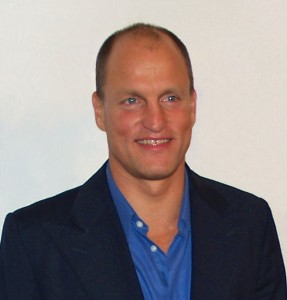‘A grown up is a child with layers on’
Evolution is the gradual development of something into a more complex or better form. I witness this everyday as a paediatric neurologist: A newborn is vulnerable and fully dependent on its parents and during childhood movements become smooth and an infant learns to stand, walk and then run. Compared to development in other species, human children take a long time to grow up.
One possible explanation for prolonged childhood is that the size of the maternal pelvis limits the head circumference of newborns such that a bigger and more complex brain continues to evolve after birth. This process extends to peripheral nerves, with axonal diameter, myelin thickness and conduction velocity doubling during early childhood. Despite understanding these changes, the underlying alterations in axonal biophysical properties to achieve and enhance impulse conduction remain unclear. These include the configuration and activity of ion channels, pumps and exchangers and their interactions with myelination and axonal growth.
Non-invasive techniques have been applied in adults to study peripheral nerves in vivo and have yielded important insights into axonal ion channel function in health and disease. But I’m interested in the evolution of nerve function in humans and to do this I had to translate and establish nerve excitability testing in children (keeping them still and distracted was impossible until I discovered the power of the iPad!).
By looking at the peripheral nerves in children I’ve found striking changes in axonal membrane properties with maturation. Specifically, passive membrane conductances and the activity of K+ channels decreased with formation of the axo-glial junction and myelination. Woody Harrelson’s phrase ‘A grown up is a child with layers on’ superbly summarizes peripheral nerve evolution, with layers of protein and lipid spiraling around the axon to ultimately form the mature myelin sheath and direct organisation of ion channels. Together these alterations served to enhance the efficiency and speed of impulse conduction concurrent with the acquisition of motor skills during childhood.
My work has provided an understanding of the normal maturation of peripheral nerve function and translated nerve excitability techniques to the field of paediatric neuroscience and childhood neurological disease.
Dr Michelle Farrar is a paediatric neurologist with the Kiernan group at NeuRA.


